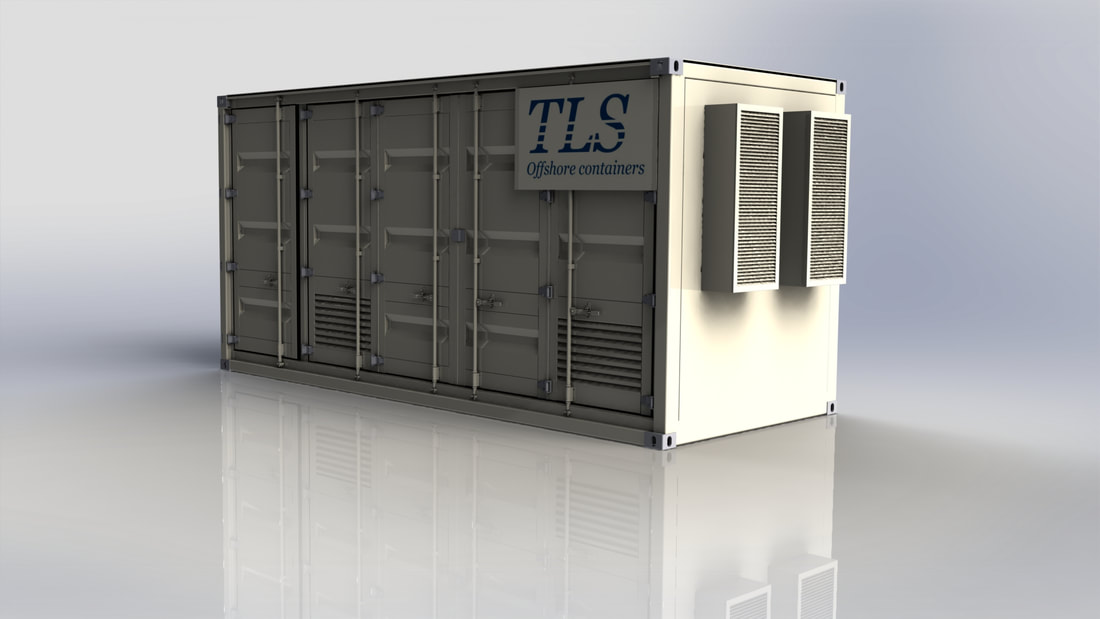|
Forced air-cooling technology is mature, and air duct design is the key point. The main point of the design of forced air-cooling technology is to control the air duct to change the wind speed: due to the different energy density and capacity of the batteries in the energy storage system, the battery placement and arrangement structure are different, so the air duct inside the energy storage system needs to be customized design. The air duct can control the direction and path of the air flow, and conduct heat exchange on the surface of the basic battery cells by guiding the cold and warm air generated by the air conditioner and the fan into the interior of the battery module. At present, energy storage systems mostly adopt the thermal management scheme of air conditioning + cooling duct air supply. The air duct is mainly divided into serial ventilation and parallel ventilation, and the parallel ventilation has better uniformity. The air duct design includes: the main air duct connected to the outlet of the air conditioner, the wind baffle inside the main air duct, the air duct outlet and the wind baffles at both ends of the battery rack. The main air duct is used to transport the output airflow of the air conditioner to the outlets of each air duct: the windshield in the main air duct can distribute the gas flow of each air duct outlet to ensure that the flow of each outlet is consistent; the windshields at both ends of the battery rack are used to prevent airflow Escape from the gap between the battery rack and the inner wall of the container. The air cooler control system includes air conditioner control and battery module fan control: the air conditioner control determines the cooling and heating by judging the internal temperature of the container, and the battery module fan control can adjust the temperature of a single battery. Written by Mandy Comments are closed.
|
Archives
July 2024
Categories
All
|
- Home
-
Containerised solutions
- Intelligent pressurised container | MUD logging cabin
- Battery energy storage system (BESS) container
- Flexible grid tied battery storage system
- Laboratory container | workshop container | Equipment containers
- Temporary refuge shelter | Toxic gas refuge | Safe haven
- Offshore accommodation cabin | office container
- Reefer container | Refrigerated container
- Intelligent waste water treatment container
- Fresh water generator container
- Cargo Containers
- Product photos & videos
- News & Blogs
- Contact us
|
Featured products
Intelligent pressurised container Temporary refuge (TR) shelter, toxic gas refuge (TGR) Battery energy storage system (BESS) container Containerised waste water treatment plant Fresh water generator container Reefer container Laboratory container, Workshop container Accommodation container Offshore closed container |
All Rights Reserved 2020 © TLS Offshore Containers / TLS Energy
|

